






TEACHER’S BOOK 5 graded readers
GREAT AMERICAN SHORT STORIES


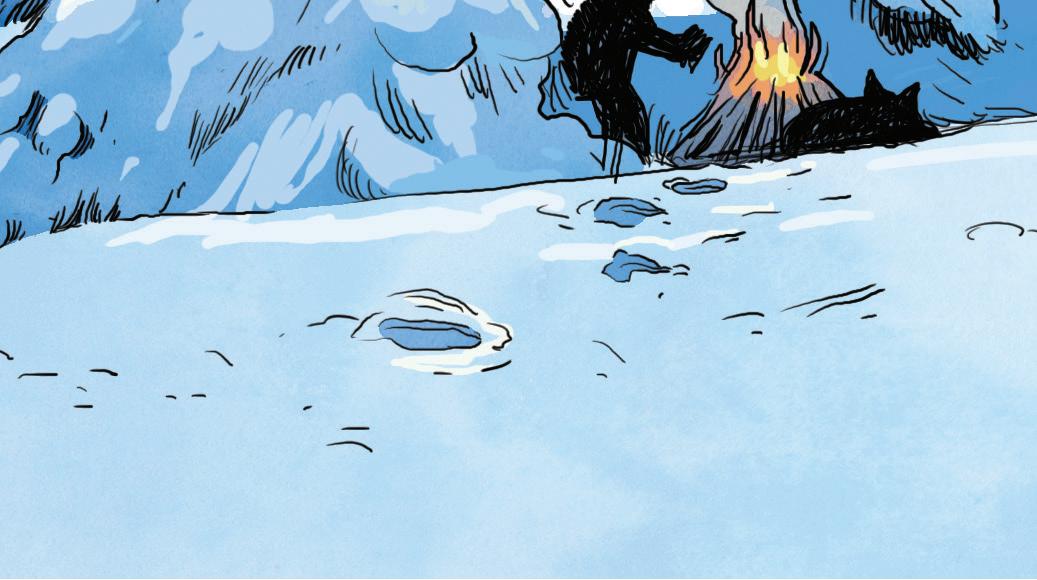


5
AMERICAN
STORIES Retold by Nick Bullard TEACHER’S BOOK
GREAT
SHORT
© 2018
– StandFor
Editorial Director Antonio Rios
Editorial Manager Cayube Galas
Editorial Coordinator Ana Carolina Costa Lopes, Renata Lara de Moraes
Series Editor Nick Bullard
Editorial Assistant Nathalia Thomaz
Contributor Fernanda Valezini Ferreira
Production Manager Mariana Milani
Production Coordinator Marcelo Henrique Ferreira Fontes
Proofreader Hannah Fish
Art Manager Ricardo Borges
Art Coordinator Daniela Di Creddo Máximo
Design Yan Comunicação
Cover Design Yan Comunicação
Art Supervisor Patrícia De Michelis
Art Editors/Layout Anderson Sunakozawa, Lidiani Minoda
Illustrations Coordinator Márcia Berne
Illustrations Davi Calil
Operations Director and Reginaldo Soares Damasceno Print Production Manager
Dados Internacionais de Catalogação na Publicação (CIP) (Câmara Brasileira do Livro, SP, Brasil)
Great american short stories : standfor graded readers : level 5 / retold by Nick Bullard ; illustrated by Davi Calil. -- 1. ed. -São Paulo : FTD, 2018.
ISBN 978-85-96-01501-1 (aluno)
ISBN 978-85-96-01502-8 (professor)
1. Literatura infantojuvenil em inglês I. Bullard, Nick. II. Calil, Davi.
18-13667
CDD-028.5
Índices para catálogo sistemático:
1. Literatura infantil em inglês 028.5
2. Literatura infantojuvenil em inglês 028.5
All rights reserved. No part of this publication may be reproduced, stored in a retrieval system, or transmitted, in any form or by any means, electronic, mechanical, photocopying, recording, or otherwise, without the prior written permission of StandFor.
This book is sold subject to the condition that it shall not, by way of trade or otherwise, be lent, resold, hired out, or otherwise circulated without the publisher’s prior consent in any form of binding or cover than that in which it is published and without a similar condition being imposed on the subsequent purchaser.
Rua Rui Barbosa, 156
Produção
Brasil
CEP 01326-010
Avenida Antônio Bardella, 300 - 07220-020 GUARULHOS (SP) Fone: (11) 3545-8600 e Fax: (11) 2412-5375
gráfica www.twosides.org.br
– Bela Vista – São Paulo-SP –
–
2300 – Caixa Postal 65149 – CEP 01390-970 – www.standfor.com.br 1 2 3 4 5 6 7 8 9
Phone 0800 772
3 CONTENTS The Cat .............................................................................. 7 Mary E. Wilkins Freeman The Bride Comes to Yellow Sky ................................ 13 Stephen Crane The Luck of Roaring Camp ........................................ 23 Bret Harte My Financial Career ..................................................... 30 Stephen Leacock The Passing of Grandison ........................................... 34 Charles W. Chesnutt The Celebrated Jumping Frog of Calaveras County .. 47 Mark Twain To Build a Fire .................................................................. 54 Jack London A Broken Promise ............................................................ 62 Damon Runyon GREAT AMERICAN SHORT STORIES

Mary E. Wilkins Freeman was born in Randolph, Massachusetts, in 1852. Her family were not rich (and the family business failed in 1873), and she began writing short stories and poetry when she was a teenager. After the death of her father in 1883, she had to live from her writing. “The Cat” was first published in 1901. She married in 1902, but had no children, and she and her husband later separated. She died in Meluchen, New Jersey, in 1930.
Stephen Crane was born in Newark, New Jersey, in 1871, the youngest of fourteen children. His father was a minister in the church, and he died when Stephen was eight. From 1888, Crane worked in a news office, and from 1891, he was writing full-time, publishing newspaper articles and short stories. He moved to New York City in 1892, and his first novel Maggie, A Girl of the Streets, was published in 1893. “The Bride Comes to Yellow Sky” was first published in 1898. Crane suffered from poor health all his life, and died in Germany, in 1900.


Bret Harte was born in Albany, New York, in 1836. He moved to California in 1853, and worked as a miner, teacher, and journalist. “The Luck of Roaring Camp” was first published in 1868, and helped to make Bret Harte famous. Roaring Camp is a real place in northern California, and Harte knew the region well. In 1871, he moved back to the East to work for The Atlantic Monthly, and moved to Europe in 1878. He died in England in 1902.
Stephen Leacock was born in England in 1869, and moved to Canada when he was six years old. The family had a farm in Ontario, and Stephen went to a boarding school in Toronto. He studied economics at the University of Chicago, and later became professor of Political Economy at McGill University in Montreal. He started writing in 1894 to make extra money, but his short, humorous pieces became very popular, and he was soon famous across North America and in Britain. “My Financial Career” was first published in 1910. Stephen Leacock died in Toronto, in 1944.




Charles W. Chesnutt was born in 1858, in Cleveland, Ohio. His parents, both African Americans, were from Fayetteville, North Carolina, and the family moved back there in 1867. Schools for black students were opening across the South, and, at the age of fourteen, Chesnutt became a pupil teacher. At the age of twenty, he married and moved to New York, and then back to Cleveland where he became a lawyer. He started writing short stories, and “The Passing of Grandison” was published in 1899. He died in Cleveland, in 1932.
Mark Twain was the pen name of Samuel Langhorne Clemens. He was born in Missouri, in 1835, and raised in the town of Hannibal – which is the setting for his two great novels – The Adventures of Tom Sawyer and Adventures of Huckleberry Finn. As a young man, Twain worked for a local newspaper, and then as a riverboat pilot on the Mississippi River. He worked as a miner in Nevada, but then returned to newspapers. “The Celebrated Jumping Frog of Calaveras County” was first published in 1865. Mark Twain died in Connecticut, in 1910.


Jack London was born in San Francisco in 1876. He traveled to Dawson City in the Yukon, in Northern Canada, at the age of 21, to look for gold and when he returned to California he decided to write for a living. He used his experience in the Yukon in many of his stories, which he sold to magazines. “To Build a Fire” was first published in an early version in 1902, but London then revised it and republished it in 1908. London’s health was not good, partly because of the hard life he had had in the Yukon, and he died in California, in 1916.
Damon Runyon was born in Kansas in 1880, and grew up in Pueblo, Colorado. In 1898, he joined the army to fight in the Spanish-American war, and on his return in 1900, he started working for newspapers in and around Pueblo. Runyon moved to New York in 1911, and worked as a sports journalist. “A Broken Promise” was published with the title “Breach of Promise” in 1937. Damon Runyon died in New York, in 1946.







1BEFORE READING
These stories all happen in North America between 1850 and 1930. Try to match the people from the stories with the descriptions.
a. A miner who looks after a baby.
b. She wants to marry Jabez Tuesday.
c. He lives in Texas and he drinks too much.
d. He has an accident in a car.
e. His only friend is a cat.
f. He wants to put his money in a bank.
g. A miner who has a frog.
h. A man who wants to be a hero.

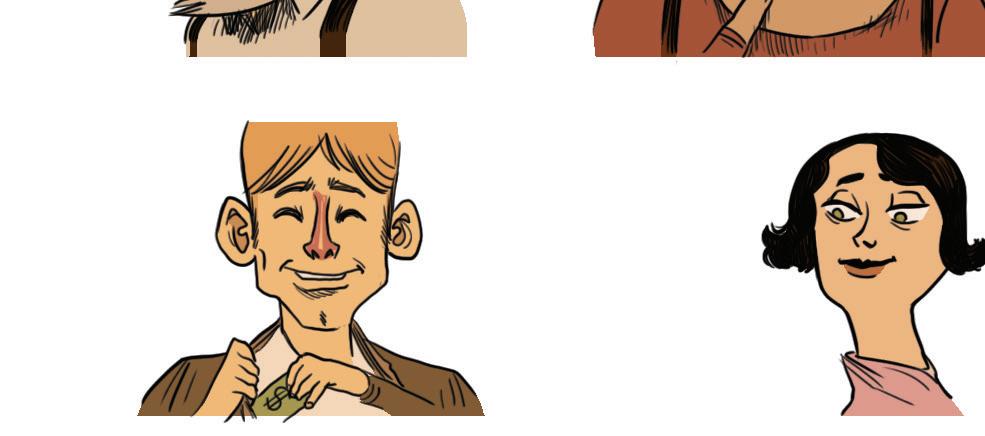
6
1. The old man e
5. Dick h
3. Stumpy a
7. Harry the Horse d
2. Scratchy Wilson c
6. Jim Smiley g
4. The young man f
8. Amelia Bodkin b
The Cat
Mary E. Wilkins Freeman



The snow was falling, and the Cat’s coat was covered, but he didn’t move. He sat, ready to jump, as he had sat for hours. It was night, but time didn’t matter to the Cat when he was waiting for food. He didn’t need to think about humans, for he was alone this winter. Nobody was calling him; no food was waiting for him by a fire. He was free.
But he was very hungry. It had been freezing for days, and all the animals he usually ate were safe underground. He waited patiently because he knew that a rabbit had gone into this hole under a tree. So the Cat sat down and watched.
It grew darker and darker. The mountains were hidden, and the wind was blowing the snow over the rocks. Still the Cat sat.
Then the Cat saw two bright eyes, and then a small nose, and two pointed ears. He didn’t move. Suddenly the rabbit was out of the hole, there was a short fight, and the Cat had it.
The Cat went home, pulling the rabbit behind him.
7

 Mary E. Wilkins Freeman
Mary E. Wilkins Freeman

The Cat lived in a house that his master had built. It was a simple house, but strong. The two windows and the door were locked, but the cat knew how to get in. He climbed a tree behind the house – it was hard work with the rabbit – and got in under the roof, and then down onto his master’s bed.
The cat’s master wasn’t there. He had left in early fall, and it was now February. He would come back in the spring, for he was an old man, and winter in the mountains was too cold for him. The Cat knew that his master was gone, but, at the same time, he still came home and expected to see him.
The Cat pulled the rabbit off the bed and down onto the floor. He put one foot on it and began to eat, using the teeth at the side of his mouth.
It was cold in the house. The wind blew the snow against the
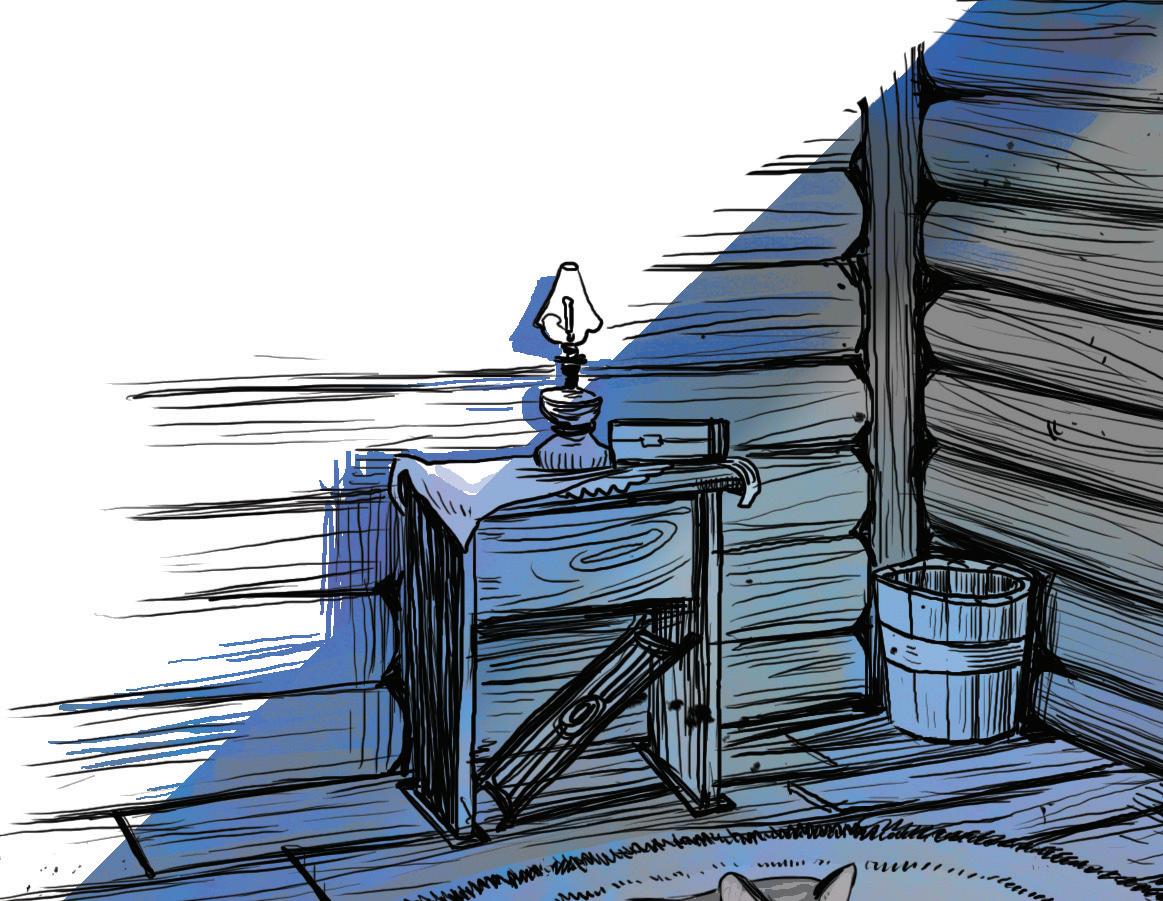



8


windows, and the house shook a little. Then, suddenly, the Cat heard a noise, stopped eating, and his green eyes looked up at a window. He heard a shout, and he knew at once that it was not his master. He waited, one foot on the rabbit. The shout came again, and this time the Cat replied. But the stranger outside didn’t hear – the wind was too loud.
Then there were heavy knocks on the door, again and again, and finally the lock broke and the stranger came in. The Cat hid under the bed with his rabbit. The stranger lit a match and looked around. The Cat saw a wild face, blue with cold and hunger. This man was older and poorer than his master.
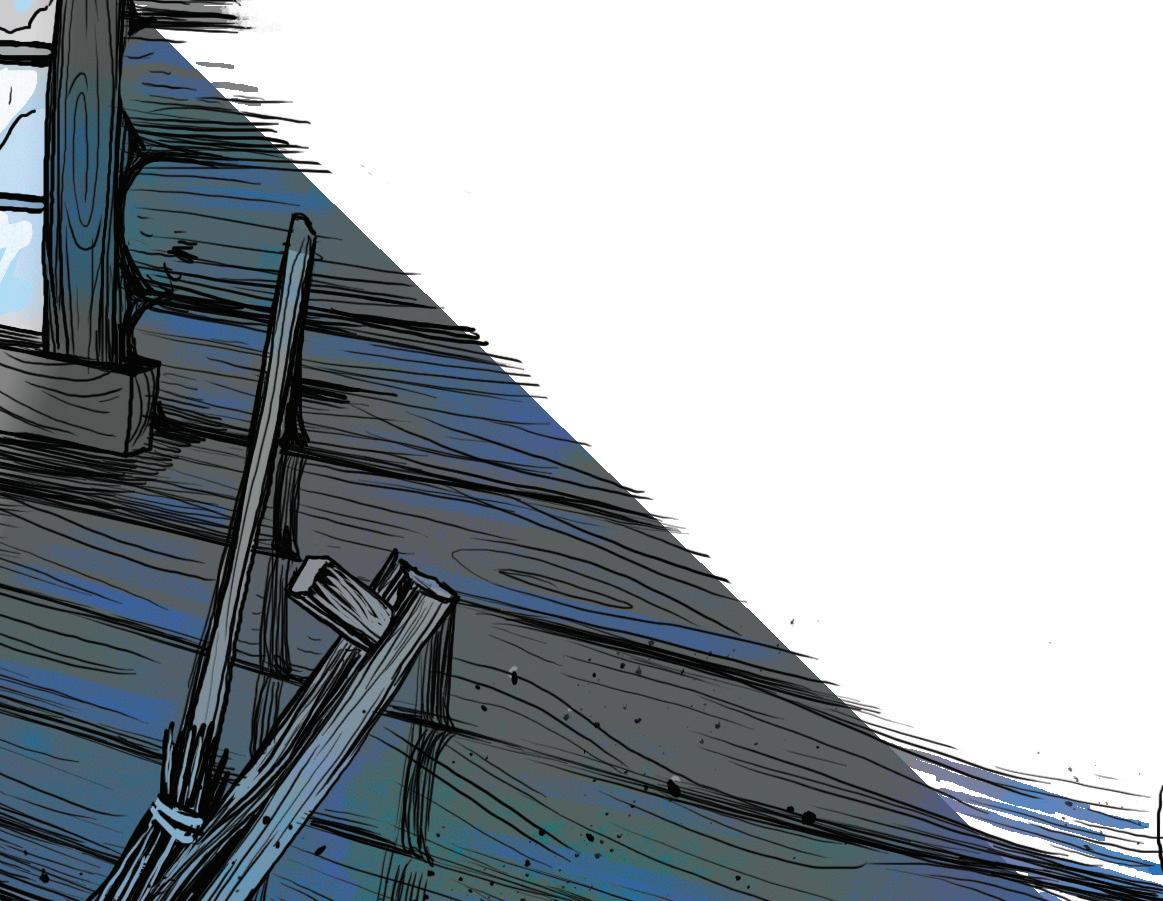
The stranger closed the door, found some wood in the corner of the room, and lit a fire in the stove as quickly as he could. He was shaking so much that this was difficult work; the Cat could feel the man shaking from under the bed. Then the stranger, who was old and weak, sat down in a chair and moved as close to the fire as he could. The Cat came out from under the bed and jumped onto his knees, still holding the rabbit.
The man gave a frightened shout and jumped up. The Cat, and the rabbit, fell to the floor. The man was up against the wall, breathing hard. The Cat pulled the rabbit across the floor and left it at the man’s feet.





9
The Cat
Mary E. Wilkins Freeman

The man started to move around the room, looking in every corner. He was afraid that if there was a cat, there could also be a man. The man found other men difficult and sometimes dangerous – he preferred to be alone. Finding nobody, he relaxed a little and turned to the Cat. His hand moved down and along its back, and the Cat moved closer to him.
Then he picked up the rabbit and looked at it in the firelight. He was so hungry. He searched the room, and found a cooking pot and a knife. He took the skin off the rabbit, cut it up, put it into the pot, and put the pot on the fire.
The smell of cooking filled the room, and both man and Cat were now very hungry. The man turned the rabbit in the pot with one hand, and touched the Cat on the head with the other. The Cat thought that he was a fine man, although he had known him for only a few minutes.


When the rabbit was half-cooked, they could wait no longer. The man took it off the fire and cut it into two halves, giving one to the Cat, and the other to himself. Then they ate.
After that the man called the Cat, got onto the bed, pulled up the old bedclothes, and fell asleep with the Cat on his chest.
The man was the Cat’s guest all the rest of the winter, and winter is long in the mountains. The Cat’s master did not return until May. All that time the Cat worked hard, and he got quite thin because he was sharing everything, except mice, with his guest; and sometimes there were days when he caught nothing. The man was sick and weak. He didn’t eat much, but he couldn’t find his own food. All day he lay in bed or sat by the fire. It was a good thing that there was a lot of wood near the house, because he had to get the wood for the fire himself.

The Cat worked very hard. Sometimes he was gone for days, and the man was frightened – he was afraid that the Cat was not going to come back. Then he would hear the Cat at the door
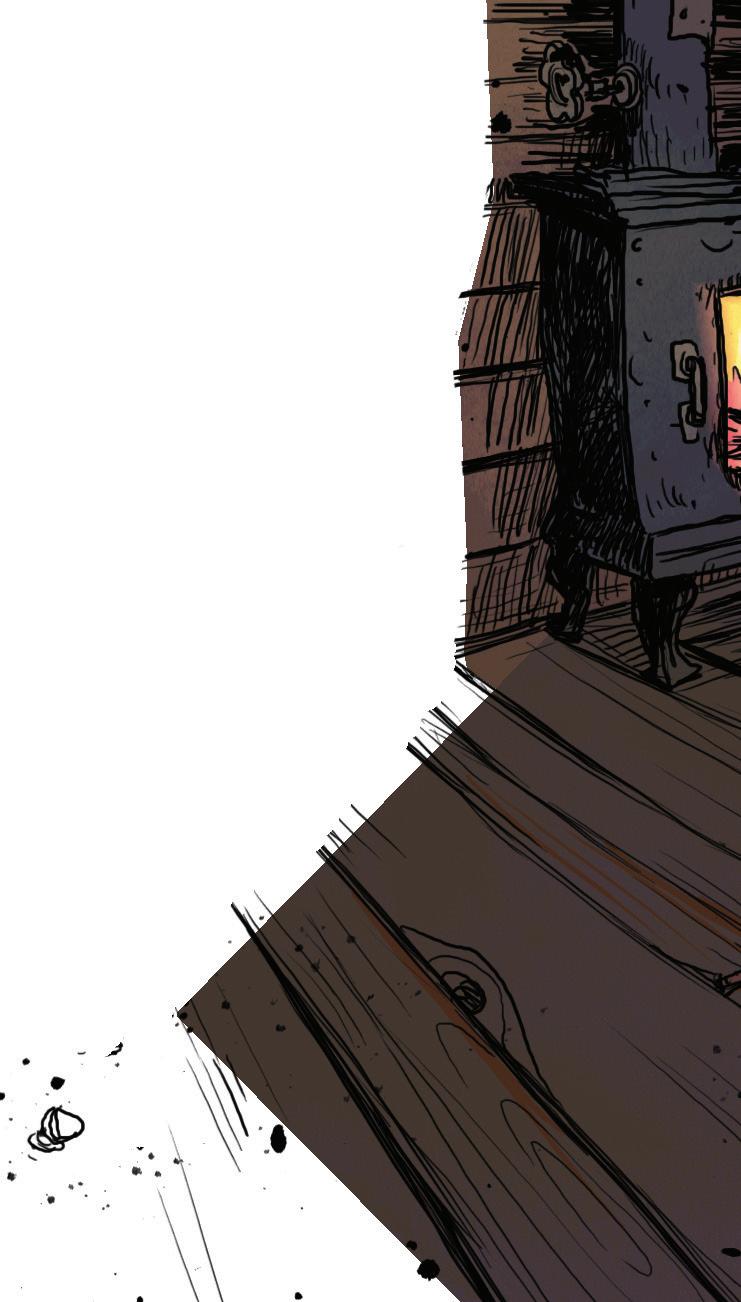
10

and hurry to open it. They would eat together, and then fall asleep together on the bed.
As the days got longer, there were more small animals in the forest. One day the Cat came back with a rabbit, a large bird, and a mouse. It took him a long time to get them to the door of the house. He called out, but the door did not open. He stood next to his supper, and called and called, but there was no answer. He climbed up the tree and under the roof and jumped down into the room; but the man was gone.



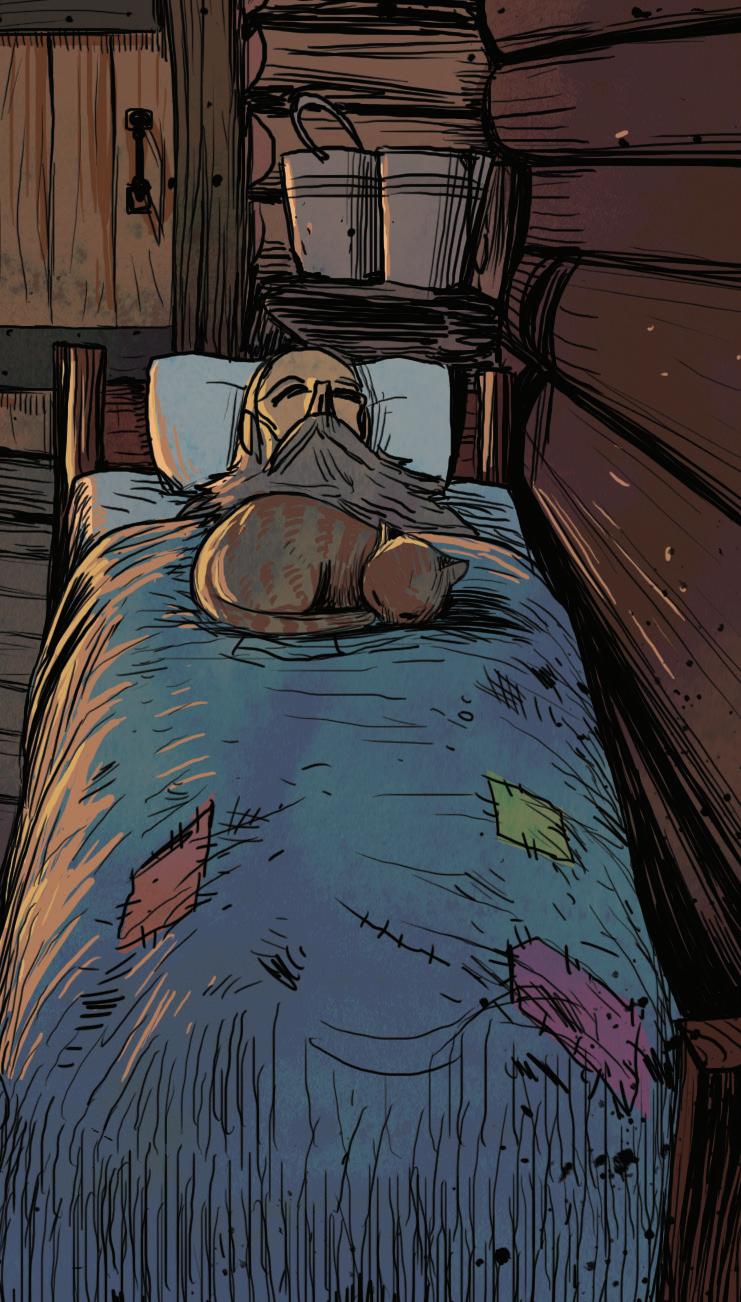 The Cat
The Cat
The Cat jumped up on a chair and looked out of the window, but there was nobody there.
The Cat went outside again, and ate the mouse. Then he carried the rabbit and the bird up the tree and into the house, but the man did not come to share them. Over the next day or two, the Cat ate them alone. Then, he slept for a long time on the bed, but when he woke up the man was still not there.
The next day, he went out again, and came home with a fine fat bird. He was sure that when he came home the man would be there. And when he arrived home, there was a light in the window. He called at the door and his old master opened it.
His master had been quite happy to leave the Cat alone all winter, but now he was happy to see him. The Cat ate his bird alone, because his master was cooking his own supper on the stove. After supper, his master stood up and went to his cigarette box on a shelf in the corner. It was empty. Then he looked around the room, and noticed some other changes. There was not very much firewood by the fire, and one of the cooking pots was broken.
He sat down by the fire, and looked at the Cat. He knew that the Cat had a story to tell, but he could not understand it.






12
The Bride Comes to Yellow Sky
Stephen Crane



Iquietly that looking out of the window, a traveler might think that the flat land of Texas was moving east, rather than the train moving west. Green grass, a few trees, small wooden houses, all moving east and disappearing into the distance.
A newly-married pair had got on the train in San Antonio. The man’s face was red from many days in the wind and sun. He was wearing new black clothes, and he sat with a red hand on each black knee, like a man waiting at the dentist’s office. From time to time he looked shyly at the other passengers. His bride was not very pretty, and she wasn’t very young. She wore a blue dress with a lot of bright metal buttons, and fashionable puff sleeves. She kept turning her head to look at the sleeves. It was clear that she had never worn such a dress before. Her hands showed that she knew how to cook, and you could see that she expected to cook again, in the future.
13

The pair were very happy. “Were you ever in a train like this?” he asked, smiling.
“No,” she answered, “I never was. It’s comfortable isn’t it?”
“Great! In a few minutes we’ll go up to the restaurant car and get a good meal. Finest meal in the world. Costs a dollar!”
“A dollar!” cried his wife. “That’s too much – for us –isn’t it, Jack?”
“Not this trip,” he answered. “This trip is special!”
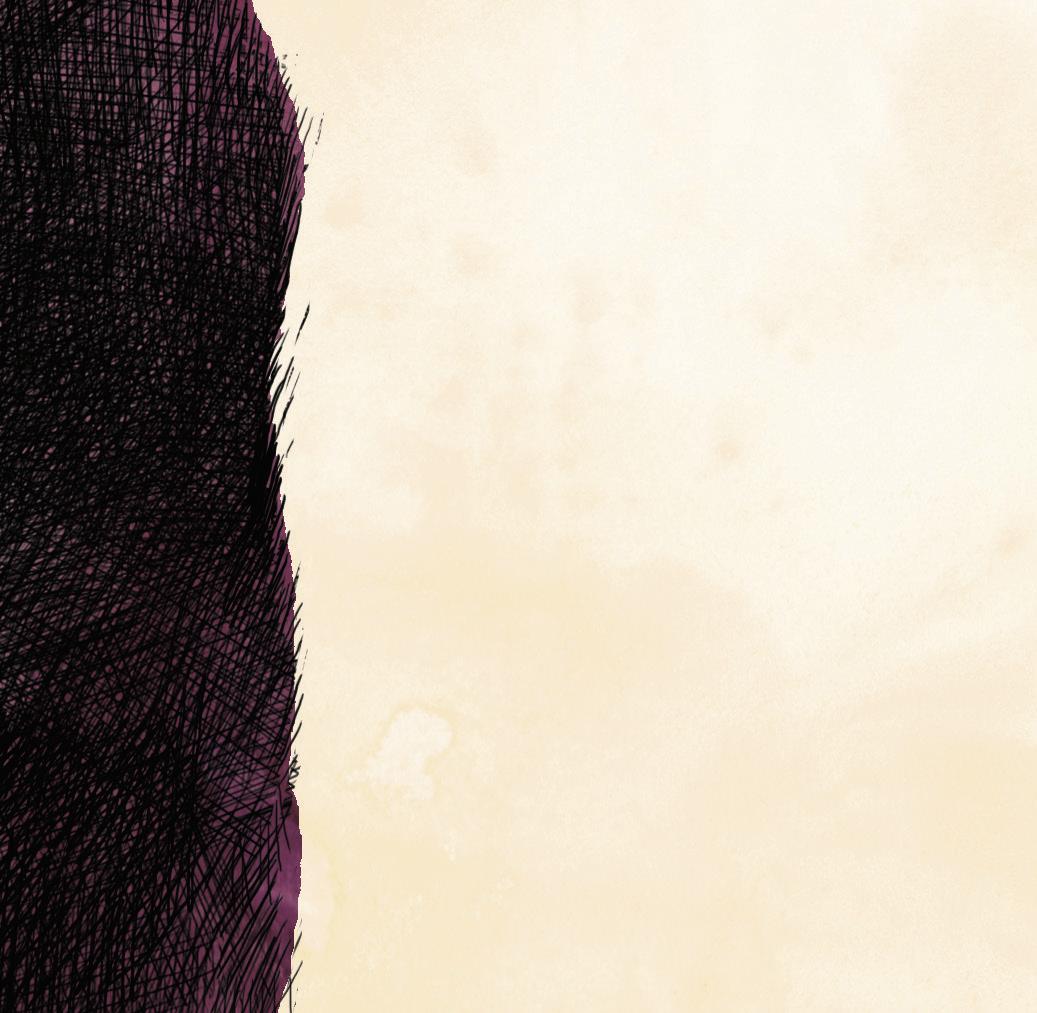

Later, he explained to her about the train. “You see, it’s fifteen hundred kilometers across Texas. This California Express goes all the way across Texas, and only stops four times.” They looked at the beautiful train carriage, the shining metal, the dark wood, the paintings. The two had married that morning in San Antonio, and the beautiful train made this a perfect day. They were happy, and they did not notice that some people on the train were looking at them secretly, and laughing at them a little. After all, newly-married people are always a little amusing.
“We arrive in Yellow Sky at 2:42,” he said, looking into her eyes. “Do we?” she said, as if she didn’t already know. She took from her pocket a little silver watch, and looked at it carefully.
“I bought that from a friend in San Antonio,” he said, happily. “It’s seventeen minutes past twelve,” she said, looking up at him and smiling.
A passenger watched them, and smiled at himself in one of the many mirrors in the carriage.

At last, they went to the restaurant car. The waiter was a kind man, and helped them to choose their food, and showed them which knives and forks to use. When they returned to their carriage, they could see the Rio Grande, and they knew

14



that they were getting nearer to Yellow Sky, and the husband was getting more and more nervous. You could see it in his hands.
In fact, Jack Potter was beginning to feel very worried. He, the town marshal of Yellow Sky, an important man in the town, had gone off to San Antonio to meet a girl he believed he loved. And she had agreed to marry him. And they had married. He was bringing her back to Yellow Sky, and Yellow Sky knew nothing about her, or the marriage.

Of course, people in Yellow Sky married who they wanted. But Potter hadn’t talked to his friends before leaving for San Antonio. He could have telegraphed, but he was afraid to.
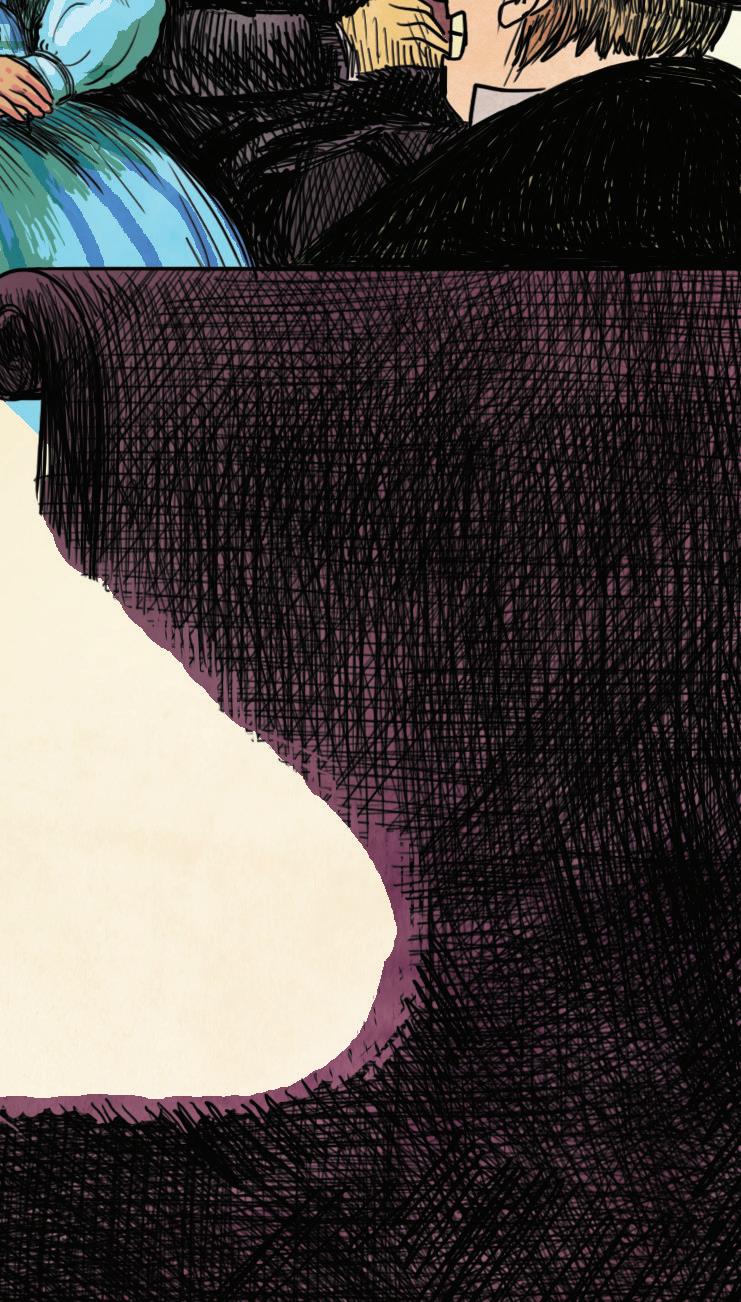
15
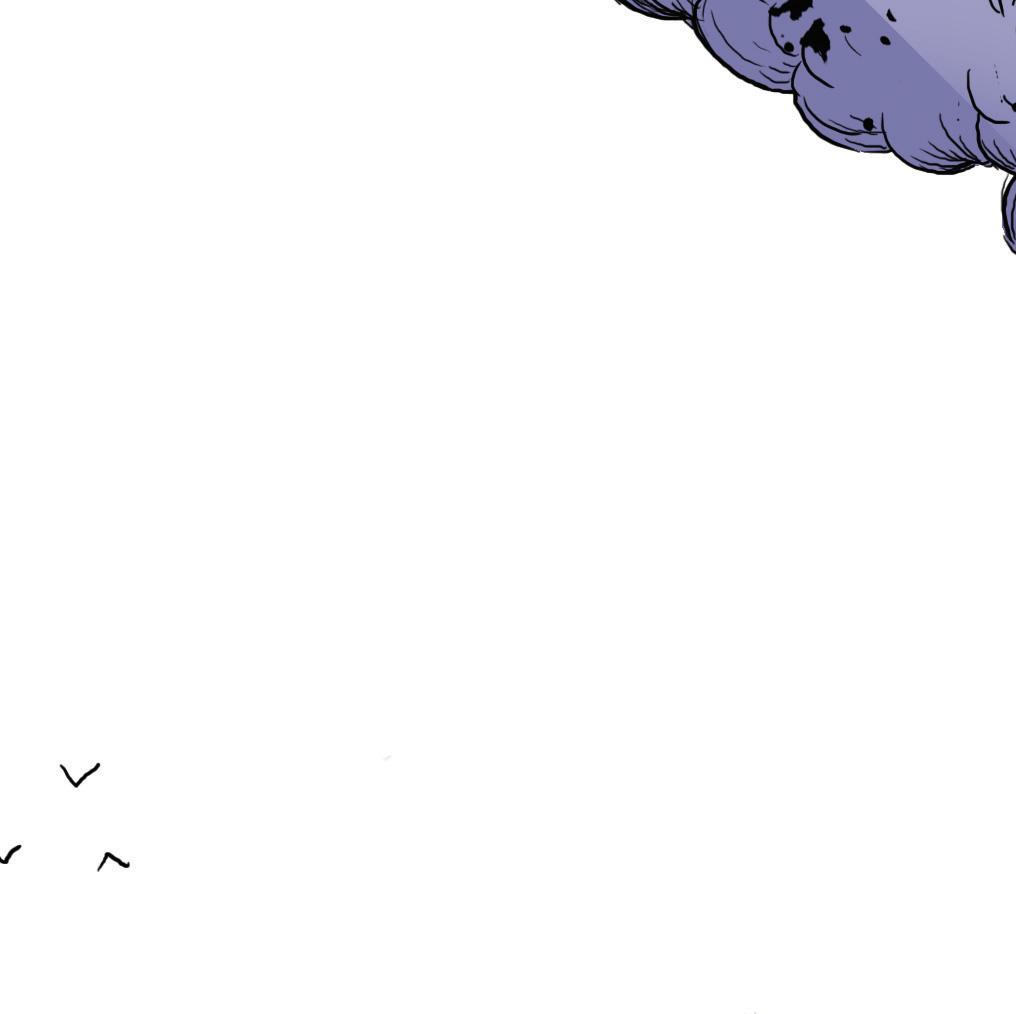
GREAT AMERICAN SHORT STORIES
A town marshal meets a gunman on his wedding day; a tiny baby changes people’s lives in a mining camp; a man tries – and fails – to light a fire in the frozen North; and a strange group of men try to steal a woman’s precious love letters. Eight stories from some of the most famous American writers give a view of different lives in America – from the busy and exciting cities to the great empty spaces.
StandFor Graded Readers provide a range of engaging reading materials for learners of English. Carefully graded by level, the series includes retellings of great classics and informative, factual titles.
Level 1 | 380 Headwords
Level 2 | 580 Headwords
Level 3 | 800 Headwords
Level 4 | 1000 Headwords
Level 5 | 1350 Headwords




www.standfor.com.br CEFR B1 42380148 97 88596 015028 ISBN 978-85-96-01502-8
a udio a vailabl e enilno
































 Mary E. Wilkins Freeman
Mary E. Wilkins Freeman






















 The Cat
The Cat



















